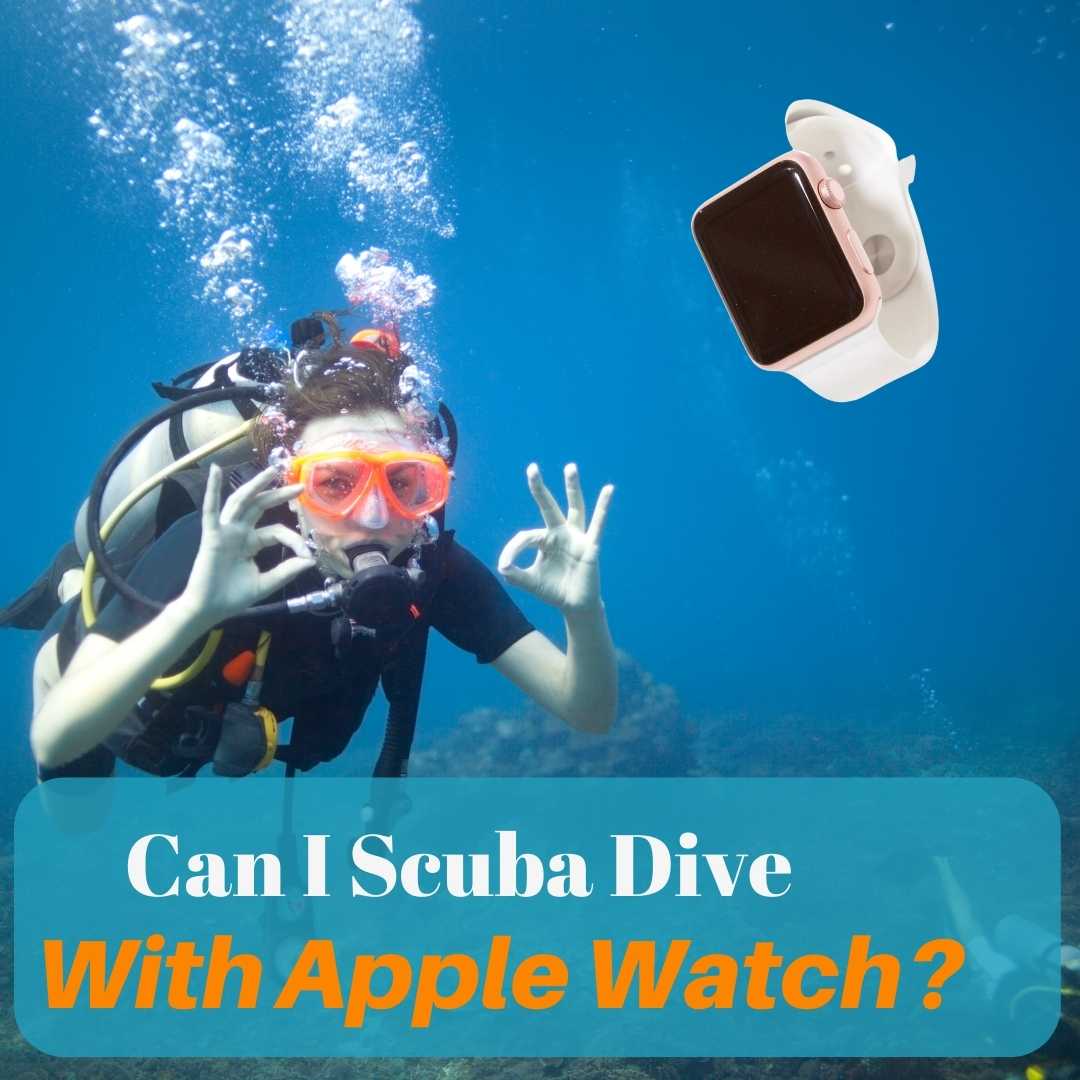Scuba diving without a wetsuit is a topic that often piques the interest of divers, especially those who prefer to swim in warmer waters or seek more freedom of movement underwater. While conventional wisdom suggests that wetsuits are an essential piece of equipment for thermal protection, buoyancy control, and protection against underwater hazards, there are instances where a diver might consider forgoing the suit. The choice to dive without a wetsuit can be influenced by water temperature, personal comfort, and the diver’s experience level.

Before making the decision to dive without a wetsuit, it’s important to consider the potential risks and safety implications. In warm tropical waters, where temperatures frequently exceed 29°C (84°F), divers sometimes opt out of wearing a wetsuit. However, even in these conditions, the body can lose heat over time, and prolonged exposure without proper insulation can lead to hypothermia. Divers must weigh the benefits of comfort and freedom against these safety considerations to make an informed decision.
Table of Contents
Key Takeaways
- Scuba diving without a wetsuit is a consideration primarily in warmer water conditions.
- Divers should assess personal comfort, experience, and safety risks before choosing to dive without a wetsuit.
- Adequate knowledge and preparation are essential for diving safety, whether with or without a wetsuit.
Understanding the Basics of Scuba Diving

Scuba diving is a rewarding activity that introduces individuals to the underwater world, but it requires proper understanding of equipment and environmental conditions.
Equipment Requirements
In scuba diving, each piece of gear serves a vital function for safety and comfort. The fundamental equipment includes:
- Mask: Enables clear vision underwater.
- Snorkel: Allows breathing at the surface without lifting the head from the water.
- Fins: Provide efficient movement through water.
- Scuba Tank: Stores compressed air for breathing underwater.
- Regulator: Controls air flow from the tank to the diver.
- Buoyancy Control Device (BCD): Helps maintain neutral buoyancy.
- Weight System: Compensates for buoyancy of wetsuit and other gear.
- Dive Computer: Monitors depth, time, and decompression status.
Temperature Considerations
Water conducts heat away from the body much faster than air. To manage body temperature and prevent hypothermia, divers must consider the following:
- Water Temperature:
- Tropical Waters (above 25°C): A thin wetsuit or even a swimsuit may suffice.
- Temperate Waters (16°C – 24°C): A standard wetsuit is typically required.
- Cold Waters (below 15°C): A drysuit or a thick wetsuit is necessary for insulation.
- Exposure Protection: The choice of a wetsuit or drysuit depends on:
- Duration of Dive: Longer dives require better insulation.
- Personal Comfort: Individual tolerance to cold varies.
- Activity Level: Increased activity can generate body heat, affecting thermal protection needs.
Safety Considerations for Warm-Water Diving

While diving in warm water, one may consider foregoing a wetsuit, but it is crucial to understand the safety implications this decision carries.
The Role of a Wetsuit
A wetsuit serves multiple functions beyond warmth. It provides buoyancy, protection from marine life, such as jellyfish and corals, and minimizes the risk of scrapes or cuts. It also acts as a barrier against harmful UV rays, especially during surface intervals.
Read Next: How Much Does it Cost to go Scuba Diving
Risks of Diving Without a Wetsuit
When choosing to dive without a wetsuit, divers face various risks:
- Exposure to Elements: Even in warm waters, prolonged exposure can lead to hypothermia. The body loses heat in water much faster than in air.
- Marine Life Injuries: Without the protection of a wetsuit, divers are more susceptible to abrasions or stings from marine organisms.
- Sunburn: Divers at the surface may underestimate the intensity of the sun, leading to severe sunburns.
- Chafing from Gear: Dive equipment can rub against the skin, causing irritation or chafing without the protective wetsuit layer.
Suit Alternatives and Adaptations

When choosing not to wear a wetsuit while scuba diving, divers have options that still offer protection and comfort in the water.
Rash Guards and Dive Skins
Rash guards are a popular alternative to wetsuits. They are made from spandex or Lycra and offer a thin layer of protection against sunburns, abrasions, and minor stings. Divers often use them in warmer waters where insulation is not the primary concern. Dive skins, on the other hand, are similar to rash guards but typically include full-body coverage and are slightly thicker, providing a bit more protection from the underwater environment.
Exposure Protection Options
Divers can also explore other exposure protection options:
- Shorty wetsuits: Short-sleeved and ending above the knee, they provide warmth and protection in warmer waters.
- Dry suits: For cold water diving, a dry suit keeps the diver dry and is worn with insulating layers underneath.
- Thermal tops: These can be worn for additional warmth without the need for a full wetsuit.
- Specialized dive apparel: Some garments come with integrated buoyancy and protection features, designed specifically for diving without a traditional wetsuit.
Frequently Asked Questions

Diving without a wetsuit raises several questions related to safety, comfort, and dive mechanics. This section aims to provide concise answers to common inquiries surrounding this practice.
What are the consequences of scuba diving without a wetsuit?
Diving without a wetsuit exposes the diver to risks such as hypothermia, sunburns, and physical injuries from marine environments. The lack of a protective layer can also lead to stings from marine life and increased susceptibility to abrasions.
At what water temperatures is it considered safe to dive without a wetsuit?
It is generally considered safe to dive without a wetsuit in water temperatures above 25°C (77°F). However, individual tolerance to cold can vary, and even warm tropical waters can cause thermal discomfort over prolonged periods.
How does not wearing a wetsuit affect buoyancy and dive profiles?
Wetsuits provide additional buoyancy, so not wearing one requires less weight to achieve neutral buoyancy. Divers must adjust their weight systems accordingly to maintain proper buoyancy control throughout their dive profile.
Can skin protection be ensured while scuba diving in a swimsuit?
While a swimsuit offers minimal protection, divers can use rash guards, dive skins, or protective lotions to shield against UV rays and minor scrapes. However, these measures are less effective against harsh physical impacts or stinging marine life.
What equipment alternatives to wetsuits can be used for thermal protection while diving?
For thermal protection, divers can opt for drysuits, which are suitable for colder waters, or dive skins for warmer climates. Layering options like neoprene vests or shorts can also provide additional warmth without full-body coverage.
Is scuba diving without a wetsuit recommended for beginner divers?
For beginner divers, it is usually advisable to wear a wetsuit to benefit from its thermal protection, buoyancy control, and defense against environmental hazards. Gaining experience with proper gear helps novices learn to manage different diving conditions effectively.




